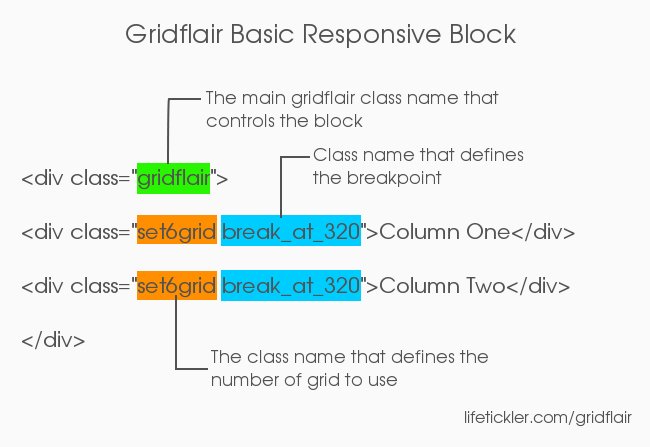

We can improve our code to provide a default experience for the minority of users that don’t have support for it with a minimum viable experience, though.įor this layout, the minimum viable experience is stacked items with some vertical margin between each one, which for the 5.31% of browsers that don’t support CSS grid: Progressive enhancement ĬSS Grid support, at the time of writing, is 94.69%, so the vast majority of browsers have support for it. The padding provides a gutter, so at tiny viewports, you get a 1rem sized gap at each side, which is ideal. Making the wrapper a separate utility means that we can use it wherever we need it, which is some good ol’ portability!īecause the wrapper has a max-width set, it’ll support all viewport sizes too, without using media queries. Usually I use the wrapper as a central container and limit the width to around 62rem or 1000px.

The wrapper is set to be max-width: 55rem in this example, so you can see the effect in the context of this tutorial. Here’s the HTML code for the wrapper element: It’s fine to explicitly set a width sometimes, sure, but creating specific components that only deal with page-wide composition, like the wrapper element make working with flexible component systems a dream! I prefer the latter approach because explicitly sizing the grid itself will reduce its own flexibility. auto-grid utility will keep trying to fill remaining available space, it’s useful to either give the layout itself a maximum width or wrap it with a shared wrapper utility. How can we improve this layout utility? īecause this. We set this as a Custom Property because we probably never know where this layout will appear, so by making the min-width easily configurable, it can be modified to work in specific contexts.īecause we’re setting a default value at the point of using -auto-grid-min-size, we’re reducing the risk of of creating specificity issues and making sure that if -auto-grid-min-size isn’t set: the grid will still operate as we expect it too. The -auto-grid-min-size Custom Property powers the minimum width. This is how we get that nice flexibility. We declare that as 1fr, which takes 1 portion of the remaining available space.īecause each item in this grid uses 1fr, the remaining space is split up equally between the other items, so if there are 10 items, 1fr is equal to 10% of the remaining available space.

Then we tell it what the maximum size should be for each item. We achieve this by telling the function what the smallest size is for our items, by using a CSS Custom Property, which has a fallback of 16rem. The minmax function allows us to clamp our grid items to maintain just the right amount of control. The reason we use grid for this particular utility, though, is the magic function, minmax. Responsive Attributes (which uses CSS grid under the hood) has over 96% browser support, so it's acceptable to use in most production environments ( source).Grid-template-columns: repeat(auto-fill, minmax(var(-auto-grid-min-size, 16rem), 1fr)) ĬSS Grid is incredibly powerful for layout but usually, this type of flexible layout utility would use Flexbox, because of its flexibility. Custom Element Examples (Without Javascript).Replace Divs With Custom Elements For Superior Markup.Custom HTML Tags (18 Things To Know Before Using Them).
#BASIC RESPONSIVE GRIDS PLUS#
I love custom elements! They're powerful, plus they make your code easier to read and write. Responsive data attributes are also compatible with custom HTML elements. Proper use of HTML5 elements (instead of div-soup) improves your website semantics, accessibility, and can help with on-page Search Engine Optimization (SEO).
#BASIC RESPONSIVE GRIDS FREE#
Responsive data attributes can be added to any HTML element so you are free to use semantic HTML5 tags. Semantic HTML Compatible Semantic HTML5 tags In the following example, there are two columns for mobile, tablet, and desktop, even though the 2column rule is only specified for mobile.


 0 kommentar(er)
0 kommentar(er)
